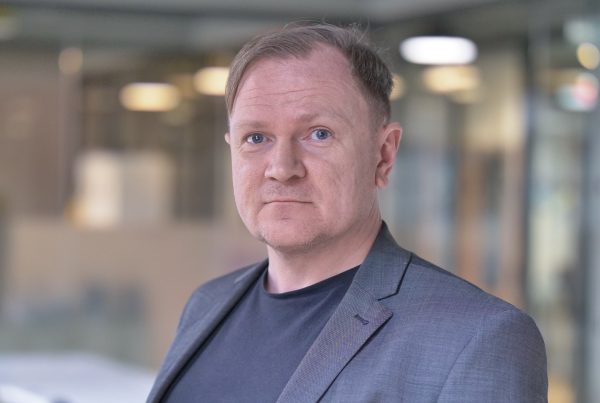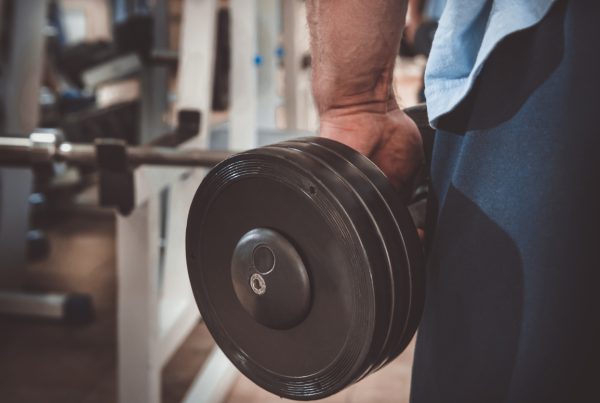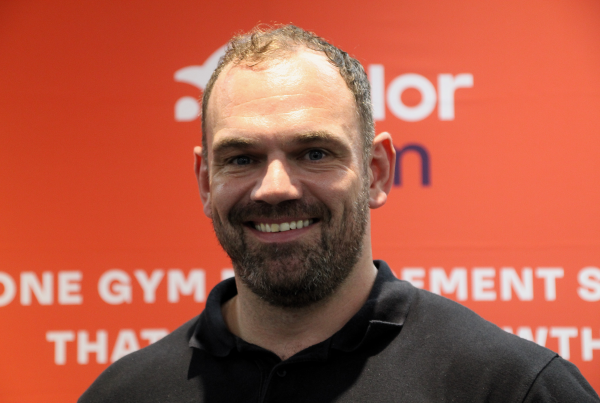There’s an old cliché in the boxing world – the star who pulled himself out of a troubled youth to become a champion. Anthony Joshua and George Foreman are just two of many boxers who overcame troubled pasts with the influence of boxing. Is it that those with tough backgrounds make better boxers? Or is it that the rigours and discipline of boxing training help mould minds and keep energetic youths out of trouble? I suspect a little bit of both.
I don’t however, think that the positive societal influence is limited solely to boxing – physical activity in general provides an outlet for the energy and frustrations inside vulnerable people in troubled communities – and in many cases provides a structure that is absent elsewhere in their lives.
Channelling that pent-up energy into physical activity is also a basis for redemption. There are numerous stories of troubled individuals who were able to turn their lives around by re-focusing their energies into fitness.
Perhaps the most shining example that comes to mind is National Summit speaker John McAvoy, the former criminal who is now one of Britain’s foremost long-distance triathletes. John was twice imprisoned for armed robbery and looked destined for a life of crime. That was until John threw himself into exercise in prison – quickly discovering a natural affinity for fitness training.
John poured his energies into rowing – breaking several world indoor records. On his release, he took up rowing, and then mega-triathlon – sustaining himself as a PT and touring schools across UK warning children not to take the same path as he did.
It’s stories like these that prove the redemptive qualities of physical activity – not only as an outlet for often frustrated and restless young men and women, but also to provide options and employment to released inmates.
So it’s clear that physical activity can provide a second chance for those who have taken the wrong path in life, but how about barring them from that path in the first place? Outside of major examples like Anthony Joshua – can it be used across the UK to help troubled young people?
The statistics seem to back intervention – DCMS figures found that under-achievers who subsequently participated in sport had numeracy skills 29 per cent higher than their more inactive peers.
Physical activity has been variously linked with better attainment, concentration and motivation in school, as well as improved behaviour.
It also gets vulnerable teens off the streets – keeping their minds and bodies engaged. Indeed, seven out of ten parents with teenagers say that anti-social and criminal behaviour is linked directly to boredom.
There are already pilot programmes out there seeking to use physical activity to reduce youth offending rates. Freedom Leisure’s ‘Yot Fit’ Programme built a positive group identity among at-risk young people through health promotion, diversionary activity, positive role models and team interaction – all through the prism of physical activity.
Meanwhile, the Premier League has been highly successful with its ‘Kicks’ programme which aims to reduce crime and anti-social behaviour in crime hotspots through sport and development sessions. The project has seen a reduction of up to 60 per cent in anti-social behaviour in areas it operates in and is planned for expansion.
The evidence is as clear as day. Physical activity really can be the golden thread needed to stitch together more cohesive communities, giving ex-prisoners a second chance and pushing vulnerable youngsters away from crime towards more productive pursuits. The only question left to ask is how we can embed these activity programs across all communities in the UK?

Communications Executive




